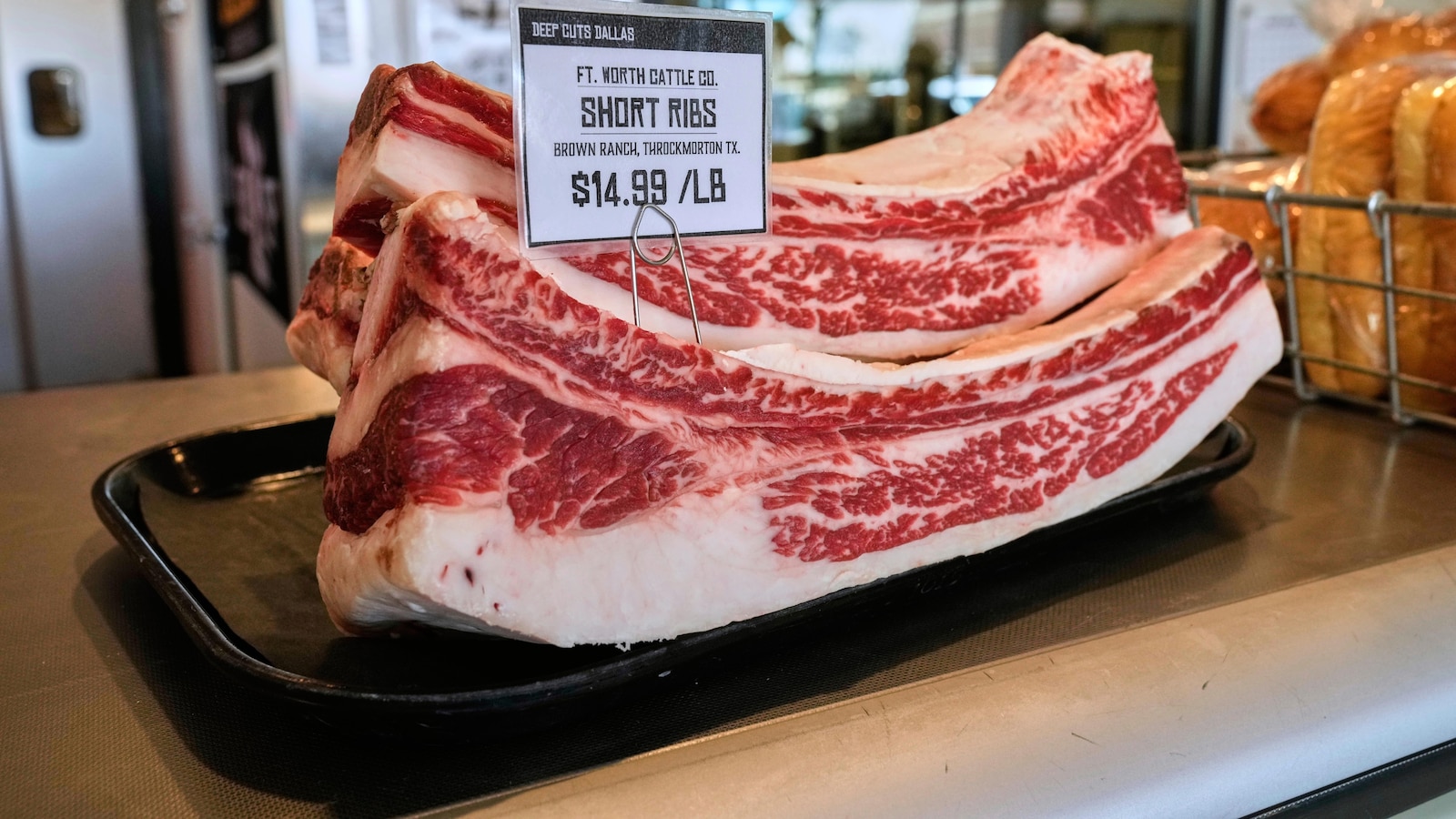US Inflation Surpasses Fed Target, Driven by Trump Tariffs
A key US inflation gauge increased in June, surpassing the Federal Reserve's 2% target. This rise is primarily attributed to President Trump's tariffs on imported goods, impacting consumer prices.
Subscribe to unlock this story
We really don't like cutting you off, but you've reached your monthly limit. At just $5/month, subscriptions are how we keep this project going. Start your free 7-day trial today!
Get StartedHave an account? Sign in
Overview
- The US inflation gauge, the Personal Consumption Expenditures (PCE) price index, rose in June, with prices up 2.6% compared to a year ago, indicating a significant pickup in inflation.
- This increase in the key US inflation gauge, which also saw a 0.3% rise last month, is primarily attributed to President Trump's tariffs on imported goods, lifting prices across various sectors.
- The core PCE index, excluding volatile food and energy categories, also showed a 0.3% monthly increase and a 2.6% annual rise, further confirming the broad inflationary trend.
- The rise in the inflation gauge pushed it above the Federal Reserve's 2% target, prompting close monitoring by policymakers who use PCE measures for monetary policy decisions.
- The US economy expanded by 3% in the second quarter, partly driven by this increase in the inflation gauge and a reduction in the trade deficit, alongside a 0.3% rise in consumer spending.
Report issue

Read both sides in 5 minutes each day
Analysis
Center-leaning sources cover this story neutrally, focusing on presenting economic data and its implications without overt editorial framing. They prioritize factual reporting on inflation trends, consumer spending, and the Federal Reserve's actions. The coverage maintains an objective tone, allowing the data to speak for itself rather than injecting subjective interpretations or political commentary.
Articles (5)
Center (2)
FAQ
President Trump's tariffs on imported goods have raised the effective tariff rate to historically high levels, leading to increased costs for producers and consumers. These higher tariffs have been passed on to U.S. consumers as price increases, contributing significantly to the 2.6% annual rise in the Personal Consumption Expenditures (PCE) price index and pushing inflation above the Federal Reserve's 2% target.
The 25% tariffs on auto and auto parts are expected to increase U.S. light vehicle prices by up to 11.4%, as automakers are likely to pass these costs on to consumers. This sector-specific tariff contributes to overall consumer price inflation and has led to revised forecasts predicting higher inflation rates and a slight reduction in U.S. GDP growth.
The tariffs are estimated to amount to an average tax increase of nearly $1,300 per U.S. household in 2025. Overall, the tariffs will significantly increase federal tax revenues by $1,677 billion in 2025, representing the largest tax hike since 1993, and contribute to higher consumer prices and reduced imports.
With the inflation gauge exceeding the Federal Reserve's 2% target due to rising consumer prices linked to tariffs, policymakers are closely monitoring this trend since they rely on the PCE price index for monetary policy decisions. This situation poses a challenge for the Fed, balancing inflation control with economic growth and labor market conditions.
The tariffs have contributed to a modest growth slowdown, with J.P. Morgan revising U.S. GDP growth forecasts down by 0.2 percentage points to an estimated 1.3% for 2025. Although consumer spending increased by 0.3% in the second quarter, tariff-related price hikes and trade deficit reductions are influencing growth dynamics, complicating the economic outlook.
History
- This story does not have any previous versions.


